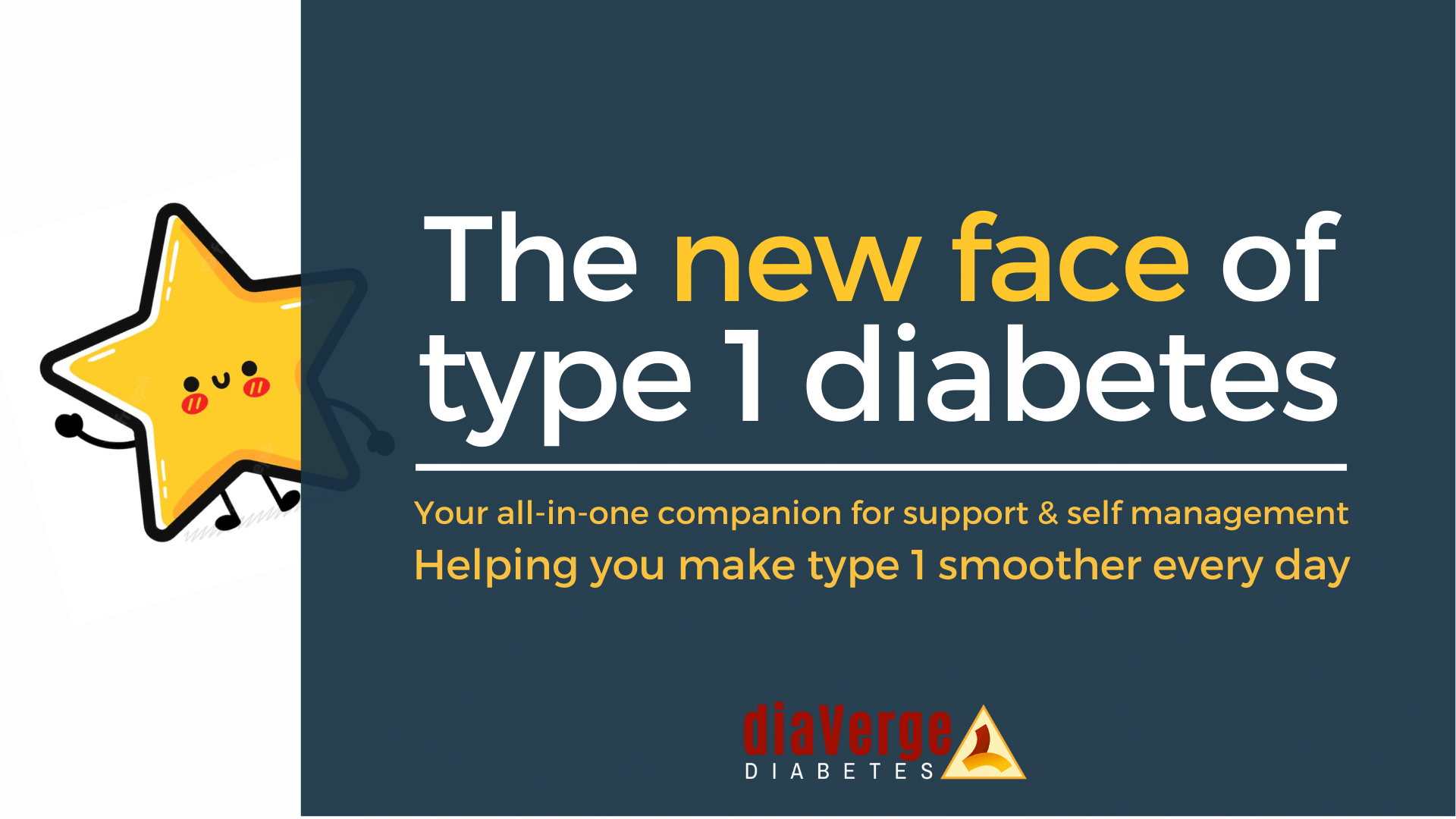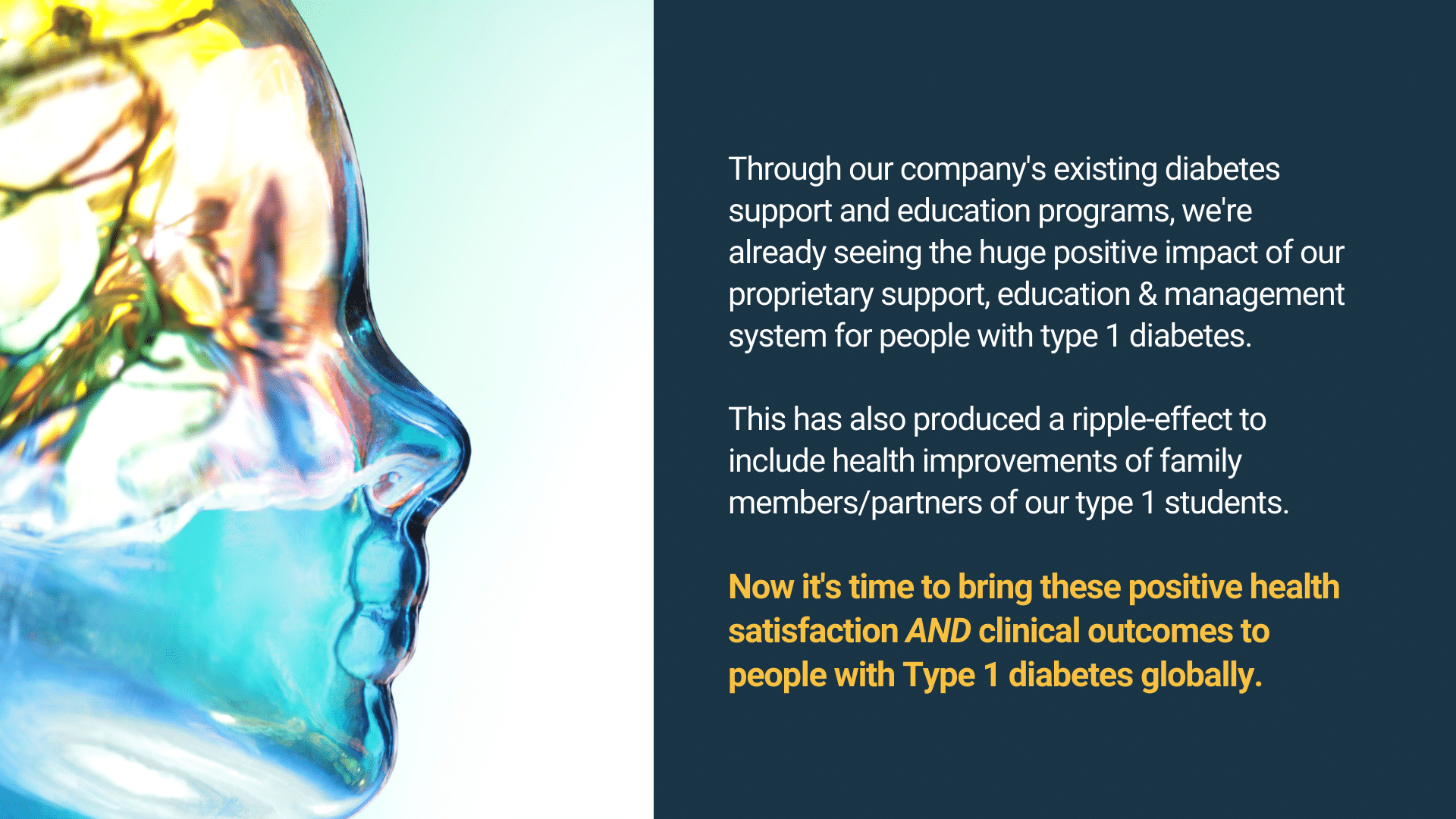Author: Lic.Lucía Feito Allonca, Heath Law and Biomedicine. Patient’s Rights Specialist. Diabetes Educator (DE)
At International Low Carbohydrate Awareness Week 2023, Allison Herschede, BSN, RN, CDCES, gave a presentation on how to minimize risk in pregnancy for positive outcomes when living with diabetes.
Allison has been living with diabetes for 42 years, and was told to avoid pregnancy. However, she has had two successful pregnancies on the standard American diet - using high doses of insulin and having numerous episodes of severe hypoglycaemia - and one on the low-carbohydrate regimen, with normalised blood glucose levels and giving birth at 40 weeks. She has been leading pregnancy and diabetes groups since 2006 and is a registered nurse and diabetes educator. She has a book on this topic, available on Amazon, called "Grit pregnancies: How to have a healthy pregnancy and normal blood sugars with Type 1 Diabetes", available on Amazon.
THE RISKS OF TYPE 1 DIABETES IN PREGNANCY
In pregnancy with type 1 diabetes, the patient is at risk of miscarriage, birth defects and complications such as pre-eclampsia, progression of diabetic retinopathy, progression of chronic kidney disease, macrosomia (large for gestational age baby), too much amniotic fluid, neonatal hypoglycaemia, respiratory distress syndrome, jaundice, placental failure and, in the worst case, stillbirth.
As I anticipated at the beginning of the article, Allison has had three successful pregnancies, how to minimize these risks and their causes will be discussed below.
THE CAUSE OF THE RISKS
In terms of risk of miscarriage, pregnancy loss before 20 weeks gestation is more common in type 1 diabetes due to genetic abnormalities. Elevated fasting glucose is also closely related to the levels of maternal hormones needed to maintain pregnancy.
Birth defects occur mainly due to hyperglycemia. High blood glucose (sugar) levels during the first 10 weeks of gestation increase this risk.
For pre-eclampsia, macrosomia, placental failure, progression of diabetic retinopathy and diabetic kidney disease and other conditions, there is a common cause: again, these risks are caused by hyperglycemia
Dr. Lois Jovanovic-Peterson, an endocrinologist and pioneer in diabetes and pregnancy, states that "A fasting blood glucose level above 120 mg/dL in the first trimester increases the risk of macrosomia by 24%.
It is clear that hyperglycaemia or high blood glucose (sugar) levels are the cause, not type 1 diabetes per se, if properly and strictly managed, which is in our interest to do at such a special time in our lives.
RISK MINIMIZATION STRATEGIES
The levels "in range" during pregnancy are as follows:
As of 2023,the ADA recommends a fasting blood glucose level of 70
As we have seen before, hyperglycaemia is the cause behind all the risks, and to avoid it, normalising our blood glucose or blood sugar values is essential. Is this possible
Yes, it is. Allison is a coach for diaVerge diabetes and has been helping people for many years to optimise the management of their type 1 diabetes and improve their time in range and glucose results.
Some tips for normalizing our glucose levels are as follows:
Therapeutic restriction of ingested carbohydrates: avoid cereals, sugar, starches and sweet fruit.
Test basal insulin. Find our ideal dose.
Test our insulin and glucose sensitivity.
Implement the use of regular insulin or give extended boluses to cover protein in the diet.
The use of continuous glucose monitoring (CGM).
Dr. Richard Bernstein, who has been living with type 1 diabetes since 1946 and still practices medicine, is convinced that people living with diabetes have the right to enjoy the same blood sugar levels as people without diabetes, and has provided us with his protocols and findings in his best-selling book "Diabetes Solution".
His method differs from the predominant recommendations on the global scene. Bernstein stresses that diabetes is a condition of carbohydrate intolerance, and that lowering insulin levels by eating fewer carbohydrates makes managing our diabetes a more predictable task.
As far as calories are concerned, in pregnancy we need to consider an extra 200-400 calories more than usual, 400 during the third trimester, taking into account that fat provides 9 calories per gram and protein 4 per gram, a packet of nuts contains 500 calories, so this increase will not be a difficult target to meet.
If done consciously, a low-carbohydrate eating plan can provide all the necessary nutrients. It is especially recommended to increase the intake of foods rich in folic acid (such as liver, peanuts, almonds or hazelnuts).
On the other hand, a low-carbohydrate diet can lead to nutritional ketosis, not to be confused with diabetic ketoacidosis. Nutritional ketosis is a natural state, whereas diabetic ketoacidosis is an acute and life-threatening complication of diabetes.
Basal insulin requirements may change in pregnancy and it is important to monitor them. The use of glucose tablets or similar is recommended to dose the amount of carbohydrate with which we treat potential hypoglycemias, as food is much less predictable.
























